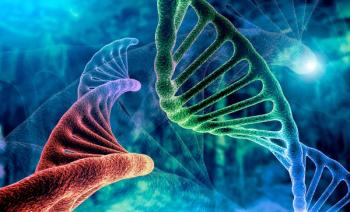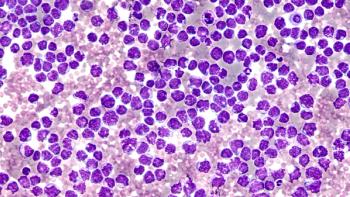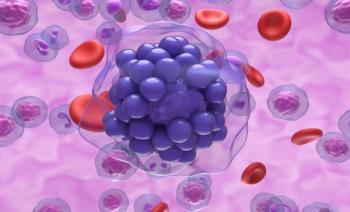
Herbal Use Linked to Lower Autoantibodies in Dermatomyositis
Key Takeaways
- Immune-boosting herbs may trigger dermatomyositis through different immune pathways, with lower autoantibody rates observed in users.
- Spirulina is commonly associated with autoimmune disease flares, increasing inflammatory cytokine production in dermatomyositis patients.
Immune-boosting herbs were linked to lower autoantibody rates in patients before dermatomyositis onset, suggesting activation of alternative immune pathways.
Patients who used specific immune-boosting herbs before the onset of dermatomyositis had lower rates of autoantibodies, leading researchers to believe they may trigger dermatomyositis through different immune pathways, according to
The increase in prevalence of immunostimulatory herbs like alfalfa, ashwagandha, or spirulina has led scientists and physicians to question their
The research letter cohort consisted of 286 patients, 254 of whom were female, with a mean disease onset age of 49. Out of the cohort population, 36 (13%) used immunostimulatory herbs and had a median (IQR) time from first use to onset of dermatomyositis of 12 (6-12) months. The herbs assessed in this study included alfalfa, ashwagandha, chlorella, echinacea, elderberry, spirulina, and tongkat ali. Of them, spirulina (22 of 26 [61%]) was the most commonly taken herb. Patient data was collected from the University of Pennsylvania’s dermatomyositis database, and participants provided written informed consent.
The primary outcomes measured rates of myositis-associated autoantibodies (MAAs), myositis-specific autoantibodies (MSAs), and antinuclear autoantibodies (ANAs). Initial disease activity was measured at 3 months before the onset of dermatomyositis and at the first visit using the Cutaneous Disease Area and Severity Index Activity scores (CDASI-A).
MSA, MAA, and ANA rates were all lower in the herbal intake groups when compared with the non-herbal intake group ([22% vs 51%; P = .001], [13% vs 32%; P = .03], [40% vs 61%; P = .04], respectively). However, there was no difference observed in CDASI-A scores between the 2 groups. The MSA and MAA rates in the nonherbal intake groups ranged between 32% and 61%, aligning with previous research. Additionally, prior studies also found that immunostimulatory herb intake is more likely to frequently induce flares and cause patients to experience disease onset with other autoimmune skin diseases, like cutaneous lupus erythematosus, when compared with patients who had not.
“This finding aligns with laboratory evidence that certain herbs can stimulate the immune system via pathways different from autoantibodies,” the study authors wrote.
The study was limited by its use of a single-center, US-based setting, limiting generalizability. Herbal intakes regarding presence, type, and duration were self-reported, which can incur recall bias. Confounding factors like dietary habits may have also limited the true cause of the onset of dermatomyositis, as patients could have used herbs externally for infections, thus triggering the disease. Furthermore, the timeline to the flare of dermatomyositis was not included, as there was only sufficient data to assess the timeline from herbal intake.
“Rather than rely only on autoantibody testing, physicians should also consider clinical findings and screen for herbal intake when diagnosing and managing dermatomyositis,” the study authors concluded. “Individuals susceptible to developing autoimmune responses should be counseled about the possible risk of herbal use until the pathway is further elucidated.”
References
1. Yang X, On A, Chambers S, et al. Immunostimulatory herbal intake and autoantibody positivity in dermatomyositis. JAMA Dermatol. Published online November 05, 2025. doi:10.1001/jamadermatol.2025.3961
2. Faden DF, Stone CJ, Xie L, Lopes Almeida Gomes L, Werth VP. Prevalence and risk of immunostimulatory herbal supplement treatment among autoimmune dermatology patients. ACR Open Rheumatol. 2024; 6(12):820-825. doi: 10.1002/acr2.11735
Newsletter
Stay ahead of policy, cost, and value—subscribe to AJMC for expert insights at the intersection of clinical care and health economics.













































